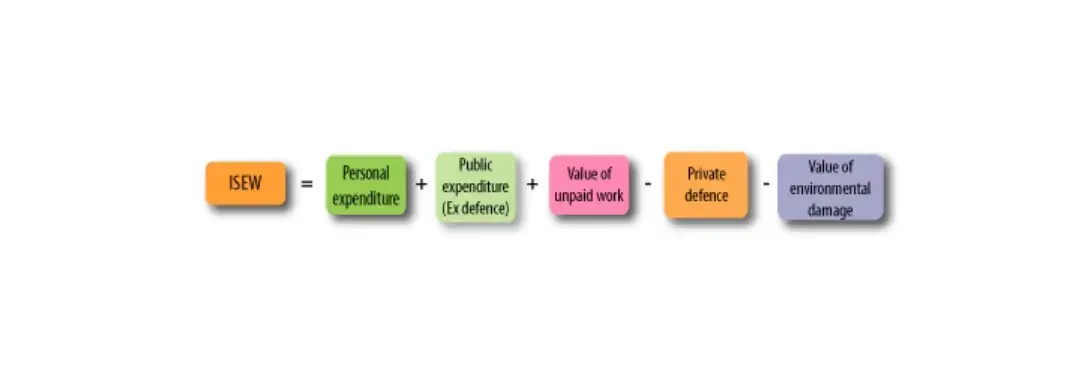
MEW
Measure of Economic Welfare (MEW)
During the late 1960s, many economists began to question the over-reliance of governments and agencies on narrow, exclusively GDP-based, measures of economic welfare. It was at this time that the adverse environmental effects of uncontrolled economic growth began to be considered, prompting the search for a wider measure of welfare, not exclusively based on raw GDP figures.
Nordhaus and Tobin
In 1972, Yale economists William Nordhaus and James Tobin introduced their Measure of Economic Welfare (MEW)* as an alternative to crude GDP. MEW took national output as a starting point, but adjusted it to include an assessment of the value of leisure time and the amount of unpaid work in an economy, hence increasing the welfare value of GDP. They also included the value of the environment damage caused by industrial production and consumption, which reduced the welfare value of GDP. MEW can be seen as the forerunner of later attempts to create a sophisticated index of sustainable development.

*Nordhaus, WD and Tobin, J (1972) Is Growth Obsolete? Economic Growth, National Bureau of Economic Research, no 96, New York.
The Index of Sustainable Economic Welfare
The Index of Sustainable Economic Welfare (ISEW), develops MEW by adjusting GDP further by taking into account a wider range of harmful effects of economic growth, and by excluding the value of public expenditure on defence.



